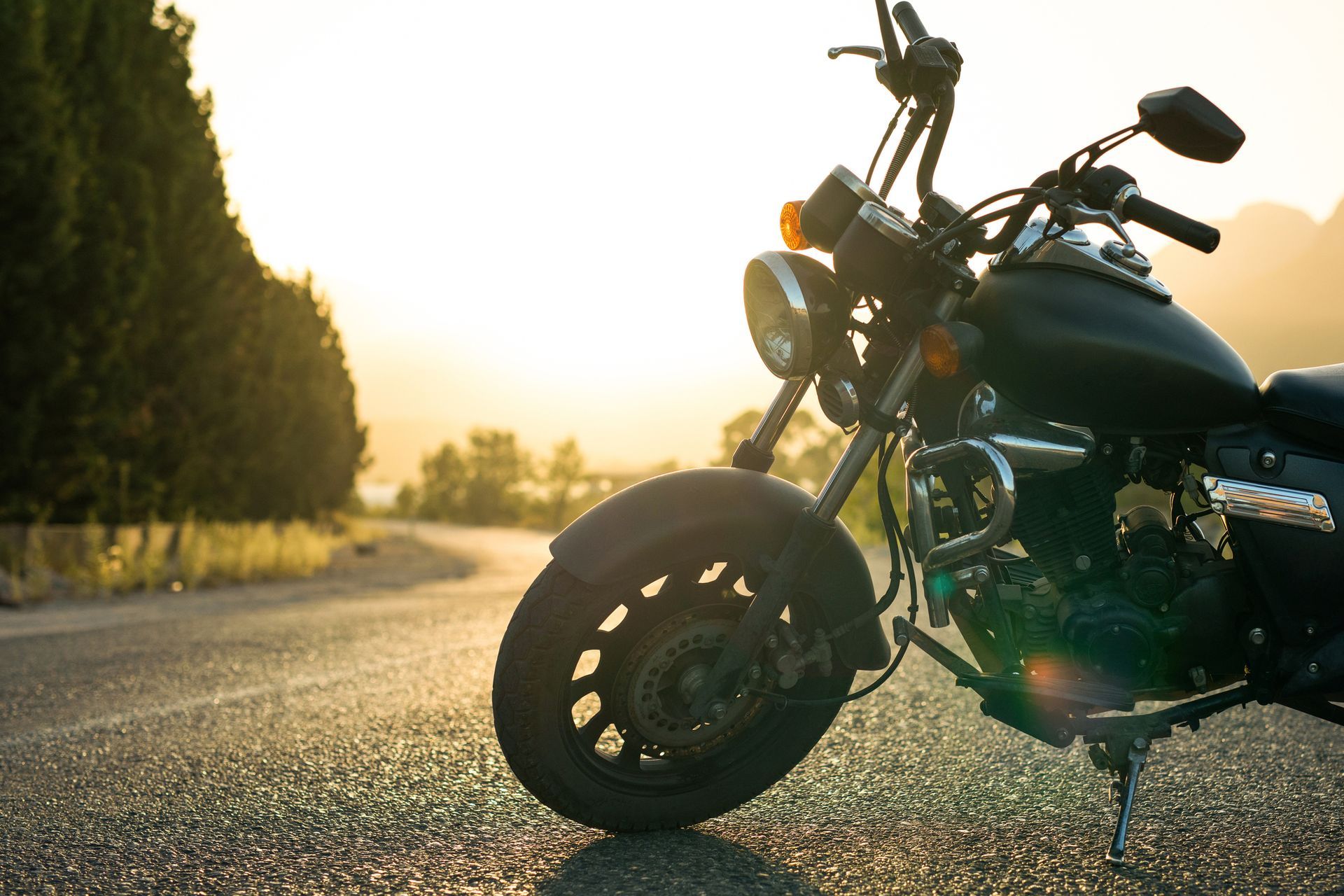CONTACT INFO
350 Motor Parkway, Ste 311
Hauppauge, NY 11788
Phone: 631-348-9500
Fax: 631-348-9511
Call for a Free Consultation (631) 348-9500 • 350 Motor Parkway Suite 311, Hauppauge, NY 11788
24 Hours / 7 Days a Week
Pedestrian Deaths in the US are at a 41 Year High, Why?
Pedestrian Deaths in the US are at a 41 Year High, Why?
As of 2024, pedestrian death rates in the United States have reached a stark 41-year high, highlighting a troubling surge in fatalities among those on foot. In 2021 alone, approximately 7,500 pedestrians lost their lives, representing a 13% increase from the previous year.
What's interesting, is that this alarming trend can be attributed to a significant shift in the types of vehicles on the road, and what vehicles people consider "safe" to drive.
As SUVs and larger trucks have become increasingly popular, their prevalence contributes to higher impact severity in accidents involving pedestrians. These vehicles are not only heavier but also tend to have larger blind spots, making it more difficult for drivers to see those walking nearby.
So in an effort to make vehicles safer by increasing crumple zones and adding new safety tech, we may have created a huge risk for pedestrians.
Pedestrian Deaths and Ever Larger Vehicles
Over the years, these larger vehicles have become more popular, leading to an alarming disparity between driver size and pedestrian vulnerability. As vehicle dimensions have grown, the likelihood of severe injuries or fatalities in pedestrian accidents has clearly risen right along with them.
Moreover, the design of modern vehicles, shaped by rollover and safety regulations, has compromised visibility for drivers. High hoods and elevated stances hinder sightlines, making it difficult for drivers to see pedestrians, especially children, who are shorter in stature. Even as manufacturers prioritize safety features, such as airbags and stability controls, these enhancements often overlook the critical aspect of pedestrian safety.
Higher Weight and More Performance
Over the last few decades, vehicles have evolved to be not only bulkier but also considerably heavier, with many SUVs and trucks weighing over 5,000 pounds. This increase in mass means that in the event of a collision, the sheer weight of these vehicles can possibly be the difference-maker in turning a bad injury into a fatality.
Moreover, advancements in engine performance have led to faster acceleration and greater horsepower in these larger vehicles. When drivers lose control, whether due to distraction or adverse conditions, the combination of weight and power exacerbates the danger. The ability to accelerate rapidly can contribute to more severe impacts, as drivers may react more impulsively, leading to increased speed at the moment of a collision.
The fact is, most drivers do not have the raw skill necessary to handle these much larger, much more powerful vehicles. And despite all the new electronics that make them easier to handle than ever, the lack of driving skill means more (and worse) bad outcomes where a driver simply loses complete control of their vehicle.
Studies say SUVs, Pickup Trucks More Likely to Hit Pedestrians than Cars
Recent studies by the IIHS have shown a "Double Whammy" of bad news for pedestrians with regards to SUVs & pickups. For one, those drivers are significantly more likely to hit pedestrians. But that's not all.
Another analysis revealed that the risk of fatality from a collision with a pickup truck is almost double that posed by cars. This is particularly concerning given that these larger vehicles now constitute a significant portion of the automobile market. The vehicle design, which typically presents a higher front profile, increases the likelihood of striking pedestrians at waist height, further exacerbating injury severity.
Vehicles with Higher, More Vertical Front Ends Pose Greater Risk to Pedestrians
This may sound like a particularly specific topic to talk about, but it is yet again, another factor in higher fatality rates which is the result of something that has long been considered "safer".
Remember pop-up headlights? Ever wonder where they went? Or maybe you've noticed that the height of the fronts and hoods of modern cars don't look anything like the sleek cars from the 80s and 90s? The reason for that is because the IIHS and EU safety agencies determined in the early 2000's that those things supposedly increased danger to pedestrians in the event of an accident. And so in the 20 years since then, the designs of almost every car have been changed to accommodate new regulations and testing based on that hypothesis.
So imagine our surprise when a number of recent studies have shown that, no, these designs are not safer, and have actually contributed to higher numbers of fatalities?
Is Any of this Going to Change?
As vehicle design trends continue to prioritize size and weight for safety and performance, it is likely that cars will become even larger and heavier in the coming years. The increasing prevalence of SUVs and trucks reflects consumer preferences, and manufacturers are unlikely to reverse this course, particularly with the pressure for enhanced features and capabilities.
And we haven't even talked about the advent of automated driving systems (ADS), which may complicate pedestrian safety further.
While these systems have the potential to reduce accidents, there are inherent challenges that show little sign of being overcome anytime soon, such as the systems’ ability to predict and react to unpredictable human behavior.
In many cases it seems as though we may be creating a paradox, where advancements in technology do not necessarily translate to improved safety outcomes, even if they're advertised as being for safety reasons.

Business Hours
We Are Available 24 Hours, 7 Days A Week
Quick Links
Langella & Langella | All Rights Reserved | Privacy Policy & Accessibility | Powered by PS Digital
This website is for informational purposes only and does not provide legal advice. Please do not act or refrain from acting based on anything you read on this site. Using this site or communicating with Langella & Langella through this site does not form an attorney/client relationship. This site is legal advertising.


